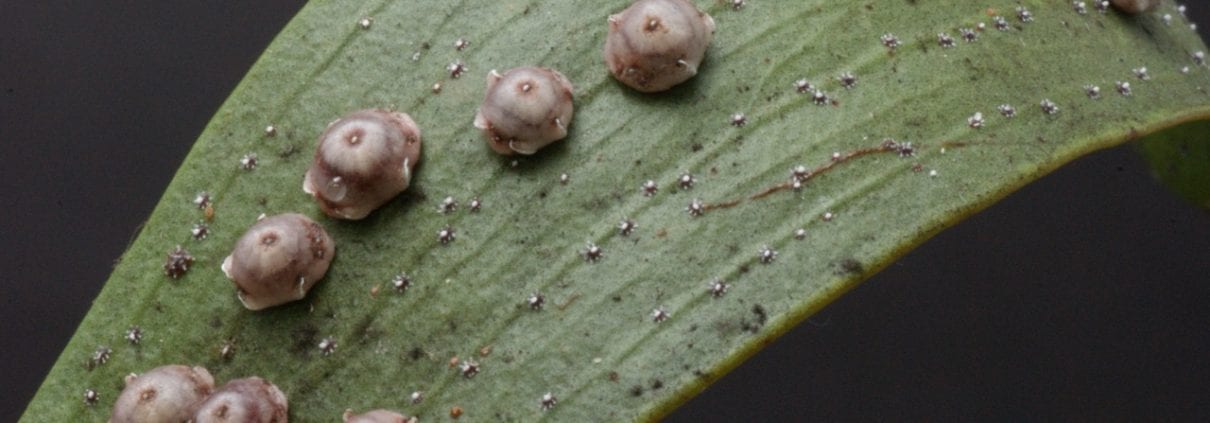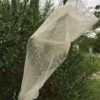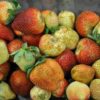Pink Wax Scale
Pink wax scale (Ceroplastes rubens)
At this time of year we commonly get enquiries about pink wax scale. This pest occurs on a variety of plants including fruit trees such as citrus, mango, avocado, custard apple as well as some garden plants including lillypilly and umbrella tree.
In Queensland there are usually two generations per year. Typically one of these occurs in late spring and the second in early autumn. Like other scale insects, pink wax scale settles early in its life and never moves again. The young stages (crawlers) emerge from under the body of the adult female to settle nearby. They may also be carried easily on wind currents. Very quickly they start to produce their characteristic protective waxy covering.
Wax scales generally do best in humid coastal districts where temperatures are more moderate. They can produce large quantities of honeydew causing a black sooty mould which can downgrade fruit and, if severe will even limit photosynthesis.
Biological control of pink wax scale
A range of predators and parasites will attack pink wax scale. Of the predatory insects both lacewings and cryptolaemus ladybird beetles will feed on this pest. The best agent however is a small wasp parasite called Anicetus beneficus. Anicetus wasps deposit their eggs into the scale insect and the larval stage consumes it from within. Unfortunately however the wasp is not commercially available.
Oil sprays to control pink wax scale
An oil spray can help reduce numbers of pink wax scale but only if timed correctly and applied thoroughly. This should be applied when crawlers are emerging and first stage nymphs are settling on the leaves of the host plant. This is the only time the insects are sufficiently vulnerable for the spray to be effective.




